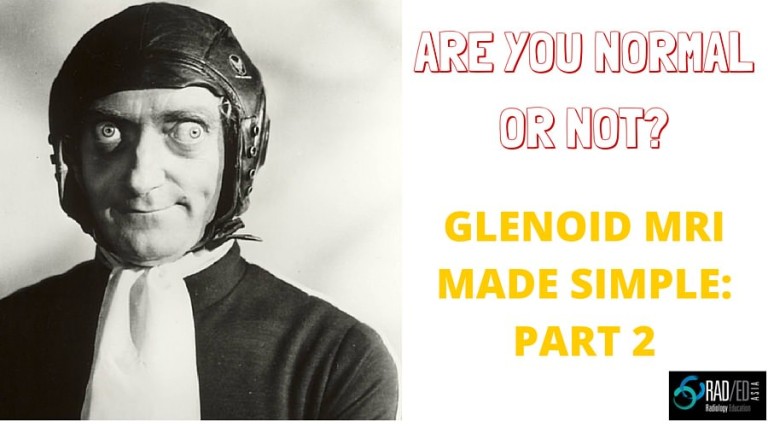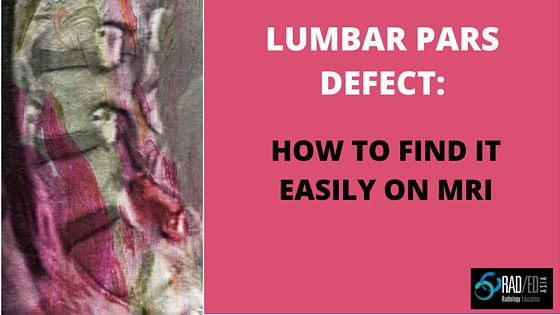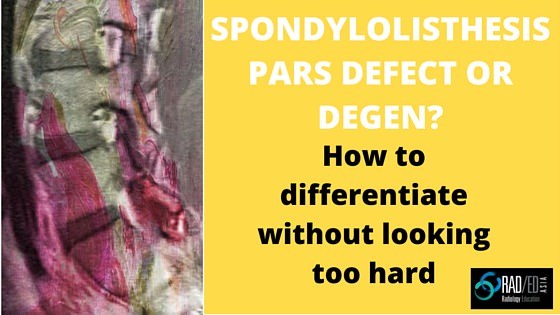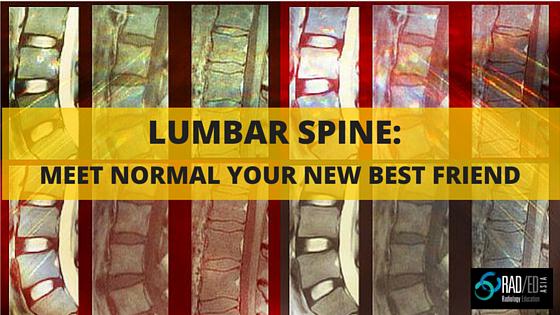GLENOID LABRUM MRI SIMPLIFIED 3: Buford Complex (not complex at all)
In this third part of Glenoid Labrum MRI Simplified we look at the Buford Complex. If you have not seen Part 1 and Part 2 please look at those posts before reading this. Definition: Absent anterosuperior labrum, with a thick middle glenohumeral ligament. MRI APPEARANCE The image below shows a comparison of the normal appearance …
GLENOID LABRUM MRI SIMPLIFIED 3: Buford Complex (not complex at all) Leer más »









